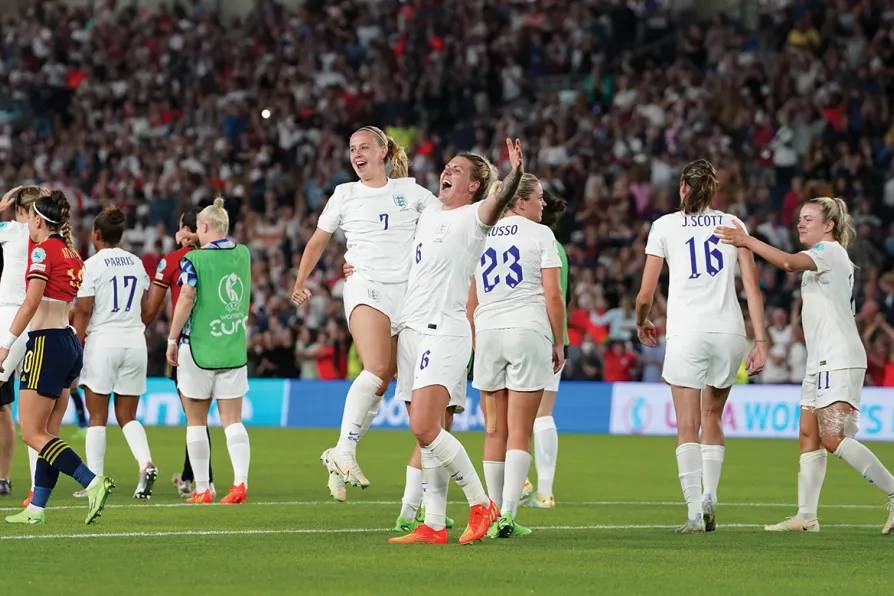Times are changing for the better in women’s football

 Beth Mead and Millie Brown celebrate reaching the Euro 2022 final
Beth Mead and Millie Brown celebrate reaching the Euro 2022 final
WHO’S excited for Sunday? I can’t wait. I’ll be taking my eldest daughter to Wembley Stadium to watch England vs Germany in the final of the 2022 Women’s European Championships.
It’ll be a trip down memory lane of sorts for the pair of us, as it will be 10 years since I took her to watch GB Women beat Brazil at the 2012 London Olympics.
A lot has changed in 10 years, changed utterly.
Similar stories

Wiegman says she is happy to make England players ‘uncomfortable’ in bid to improve













